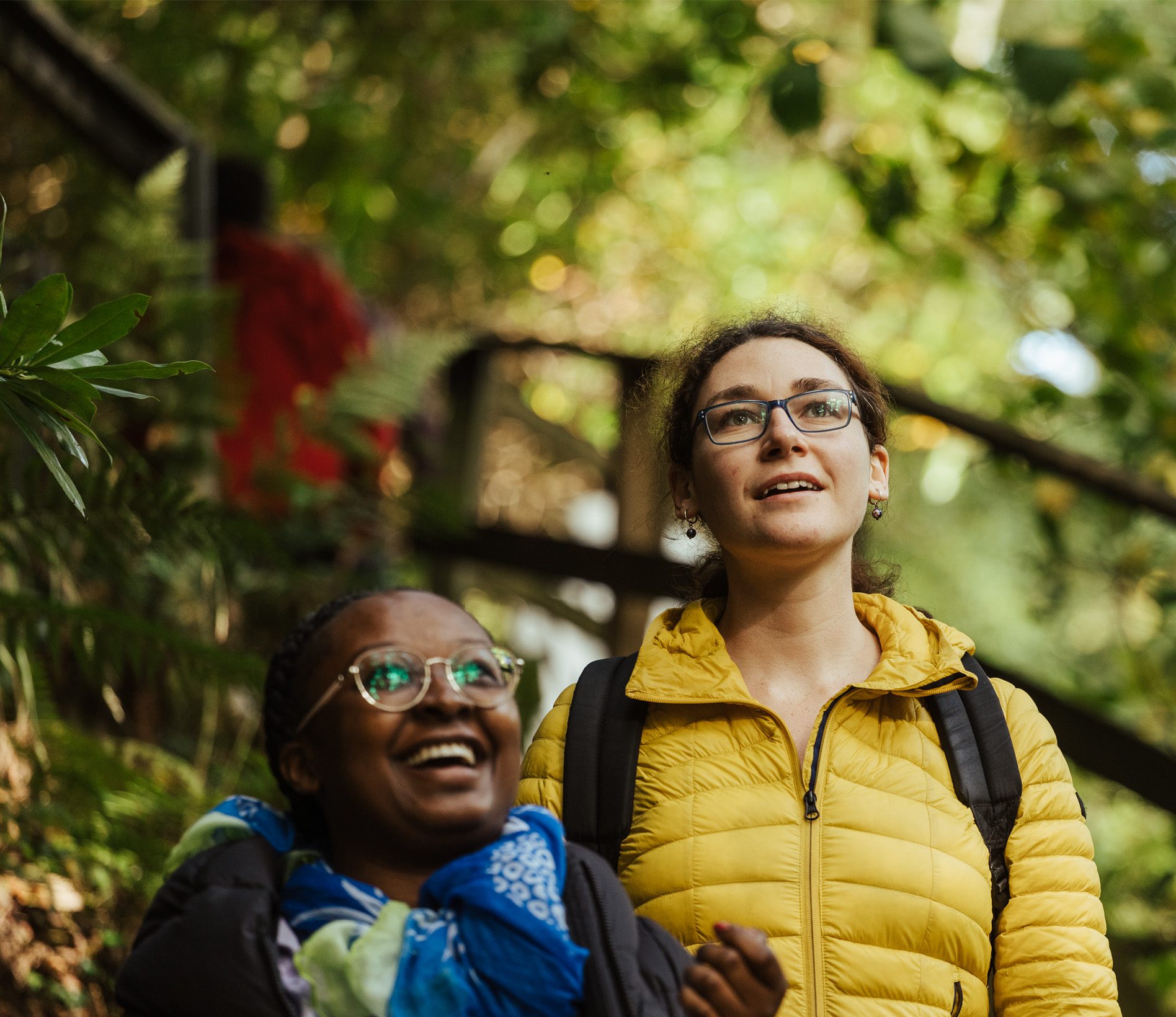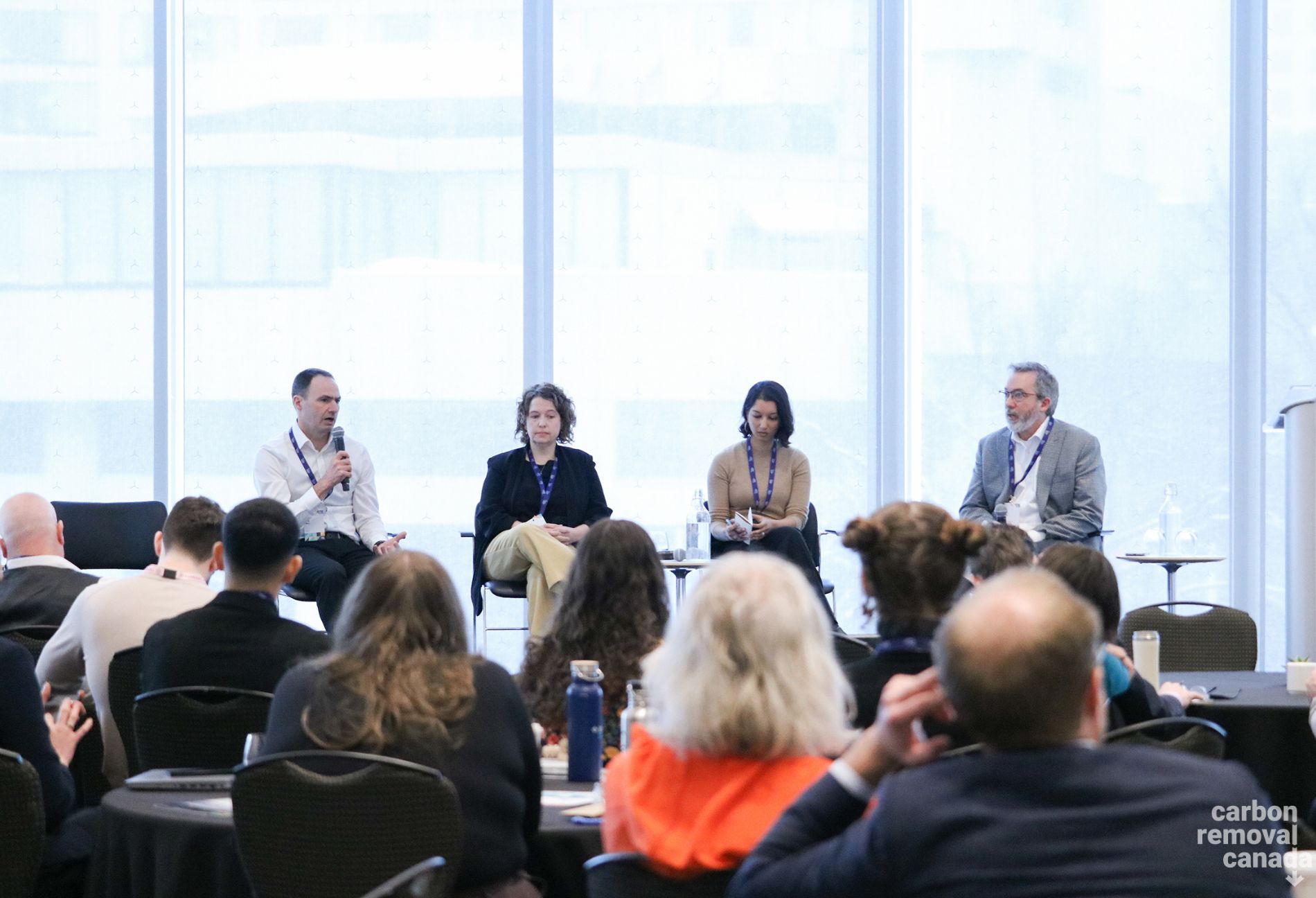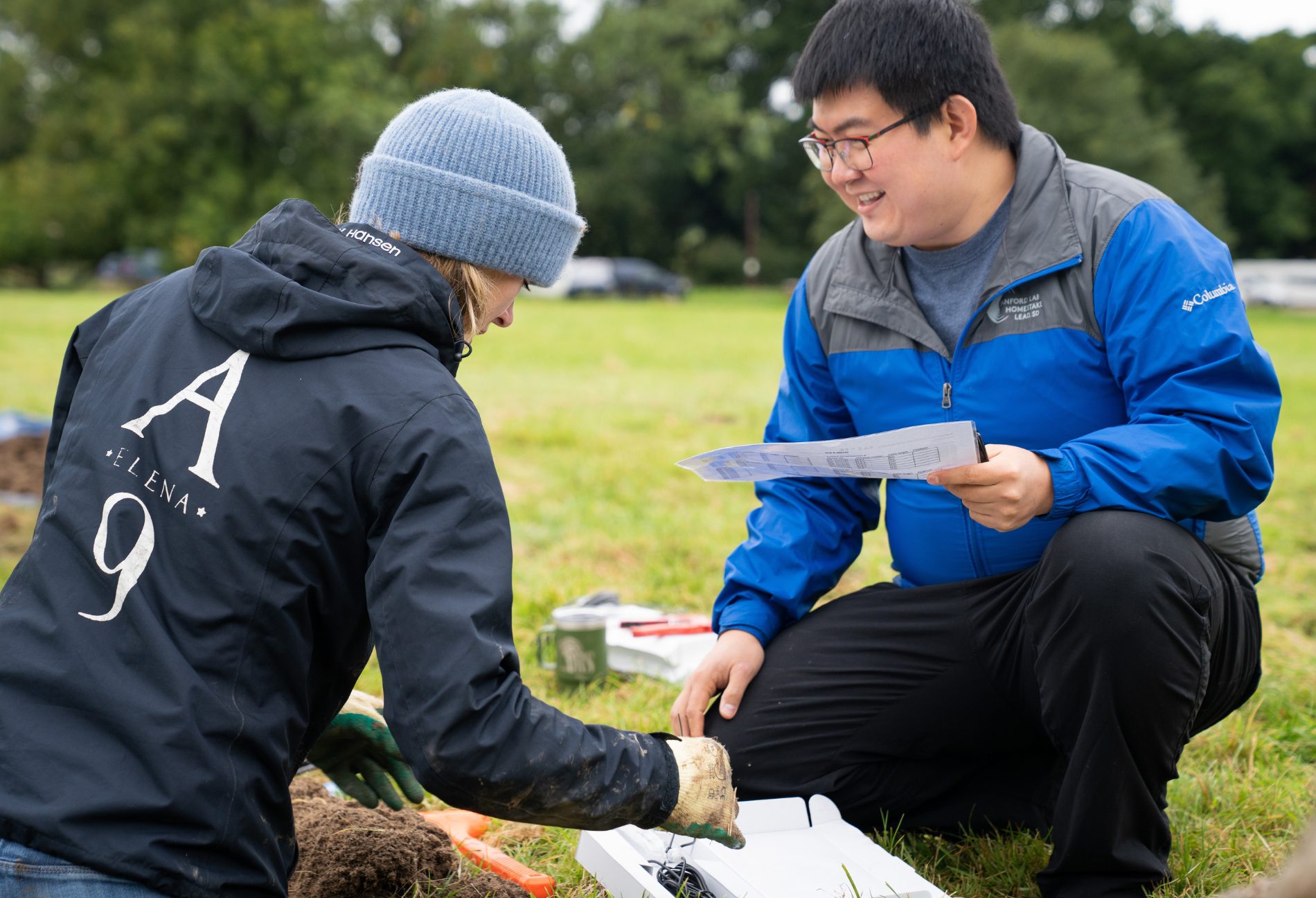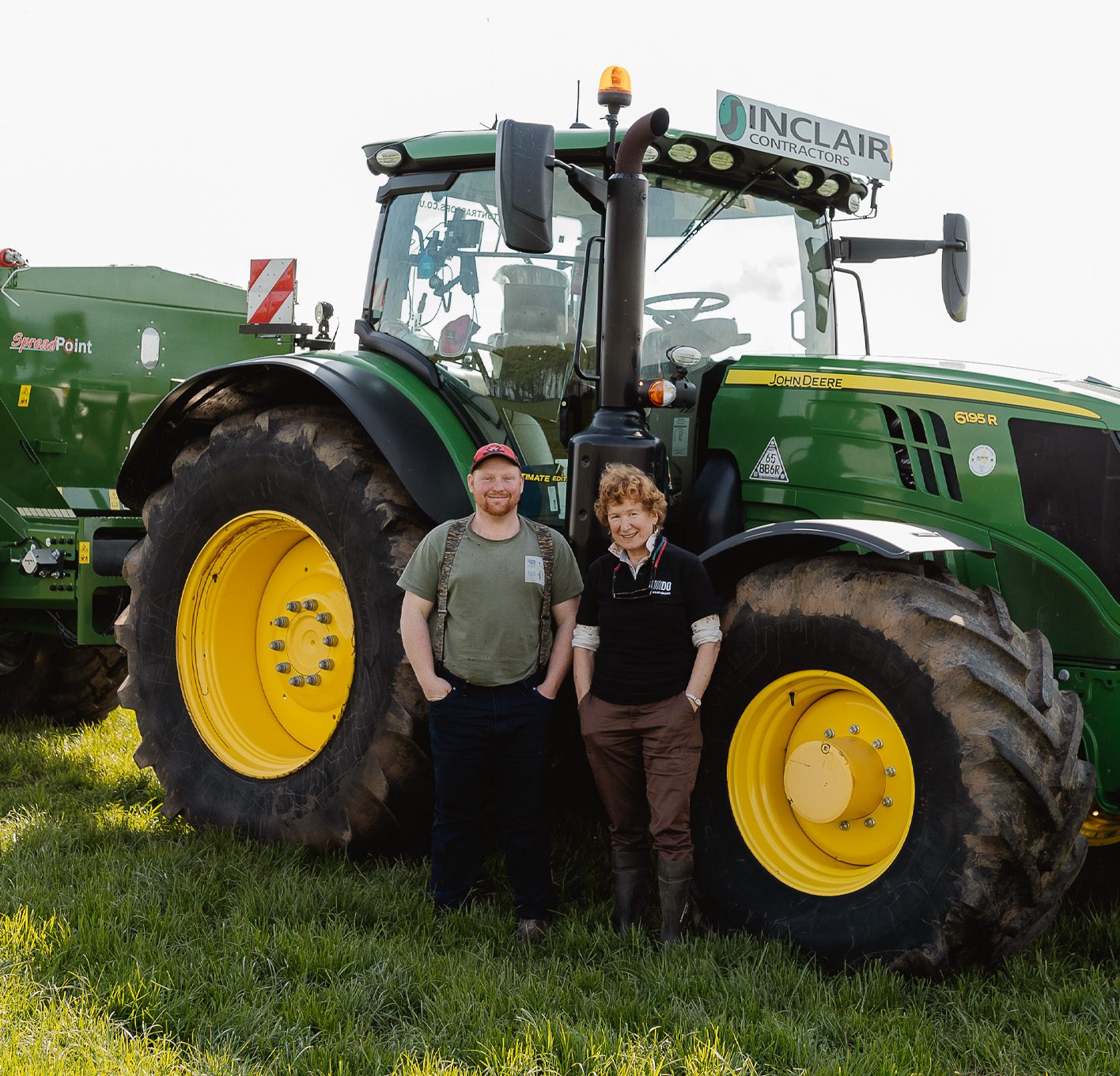“When one tugs at a single thing in nature, he finds it attached to the rest of the world.”
I have always wanted to be a chef. Not one who worked in a restaurant; that always seemed way too intense for me. Culinary adventures are the perfect blend of art and science, and I find them deeply relaxing. I enjoy cooking for my friends, people I admire, people I agree with and even those I don’t. To cook, eat and exchange ideas… life doesn’t get any better than that.
In the messy, chaotic kitchen of our planet’s climate crisis, scientists, innovators and entrepreneurs are busy experimenting with a myriad of carbon removal solutions that can form a recipe to slow Earth’s oven-like temperature rise. One of the most promising ingredients of that recipe is enhanced rock weathering (ERW), a process that’s as old as the hills. And yet, it has the potential to be a crucial secret ingredient.
To understand ERW, it’s first helpful to understand natural rock weathering. Just as the right amount of salt can transform a meal, the correct type of rock, when weathered, can help to optimise carbon dioxide levels in the atmosphere. Rock weathering has been happening on Earth for eons, reducing CO₂ levels to allow life to flourish. This process involves rain, consisting of CO2 and water, reacting with silicate rocks, locking away carbon in a stable form. This natural carbon removal mechanism has made for a harmonious gentle simmer for the thin layer that separates us from space. Since the Industrial Revolution, however, we’ve been adding so much CO₂ to the atmosphere that Earth’s removal mechanisms can’t keep up. Heat-trapping gasses are making up more of our atmosphere, and that once gentle simmer is now being cranked up to a rolling boil.
But there is hope: ERW provides a simple solution: spread that same silicate rock in a finely ground form over large areas of land to remove CO₂ from the atmosphere at an accelerated pace. However, the devil, as always, is in the details— in this case, in the Measurement, Reporting, and Verification (MRV) of the whole operation.

On the Front Lines of Measurement of ERW
We know the science is sound and the solution is effective, so it’s not quite a full blown kitchen experiment. But just how effective is this approach in locking away CO₂? How do we best measure the tonnes of CO₂ being removed by tonnes of rock dust in an open system?
This is where MRV comes into play, the meticulous chef’s notebook that tracks everything from the origin of the ingredients to the final taste test.
Measurement is the first challenge, and it’s akin to tracking every grain of salt in a bustling kitchen during the dinner rush… multiplied by a big number. We are scattering rock dust over hundreds of thousands of square kilometres of land. Monitoring our operational area requires an intricate mix of satellite imagery, ground sensors, soil samples, pore water samples, groundwater samples, river samples and more. These data inputs feed into reactive transport models that verify and validate findings and support the scaling of ERW. It’s a logistical challenge, to say the least.
Then, there’s the issue of reporting. How do you accurately report the amount of CO₂ sequestered when the process is influenced by complex factors like rock type, particle size, soil type, local climate and crop type? I come from a particle physics background where we have built a colossal machine deep underground that stretches over 27 kilometres in circumference. When operational, the Large Hadron Collider can produce about 1 petabyte (PB) of data per second. We need this staggering amount of granular information to simulate the very origins of our universe. At UNDO, we are also trying to quantify the invisible by using large amounts of data. The nature of our task is different but equally difficult. We are working in nature’s open system: trying to fully understand the chemical interaction of rain, soil, rock, rivers and oceans and trace the migration of byproducts from fields to the ocean.
Verification adds a final layer of complexity to the mix. Verifying the effectiveness of ERW is like ensuring every dish that leaves a Michelin-starred kitchen is perfect. It requires a consensus among scientists, exhaustive peer review, independent validation and verification bodies and international standards and oversight. And, as ERW science improves, these verification standards will get more rigorous. The bar to sell verified carbon removal credits will only get higher.
The harsh reality with ERW MRV is that making sense of the incredible number of variables involved is a herculean task. In the early stages, our scientific approaches don’t cut muster and get flung right back at us (just as my cooking efforts for my daughter are sometimes). But we learn along the way, discarding the methods that don’t work. To paraphrase Anthony Bourdain, one of my heroes, good food and good ideas are about risk. Every once in a while, an oyster will make you sick. Does this mean you stop eating oysters? No way!

Stirring the Pot: A Recipe for Quantifying Carbon Removal
Despite these challenges, deciding on a successful MRV approach for enhanced rock weathering is not a lost cause. It’s just an evolving recipe that requires refinement and experimentation. New technologies offer promising tools for monitoring vast areas and analysing data with precision. Reporting methodologies are becoming more standardised, with international bodies working to agree on common metrics and procedures. Verification, too, is seeing progress with the development of global carbon credit markets and protocols that could provide the necessary financial incentives and rigour.
UNDO’s science and carbon teams have led on many of these fronts. Our field team has taken and processed thousands of soil and pore water samples. In 2022, we worked closely with Puro.earth to develop the first accepted ERW methodology. Currently, we are working closely with Cascade Climate to reach a standard carbon dioxide removal quantification approach for ERW that uses the best available science. We are committed to collaborating with organisations like Cascade in the spirit of open science for the advancement of the field.

A Tough Egg to Crack
Over the course of a series of blog posts on MRV, we invite you to follow along on UNDO’s MRV journey. Hear from world experts on the financial and human capital it takes to make ERW MRV happen, the scientific techniques involved and just how much time, sweat and tears go into quantifying what we do.
In the grand scheme of things, enhanced rock weathering and its MRV challenges remind us of the importance of patience, persistence, and the willingness to tackle complex problems head-on. And while the path forward may have obstacles and uncertainty, it’s a journey worth embarking on—for the sake of our planet and future generations.
 " alt="">
" alt="">
A multi-award-winning particle physicist, XinRan leads a world-class science team at UNDO. With over a decade of experience in detector R&D, material assay and delivering large-scale scientific experiments, XinRan’s expertise is pivotal in advancing UNDO's science team and the scientific frontier of the ERW field to combat climate change.


 " />
" />
